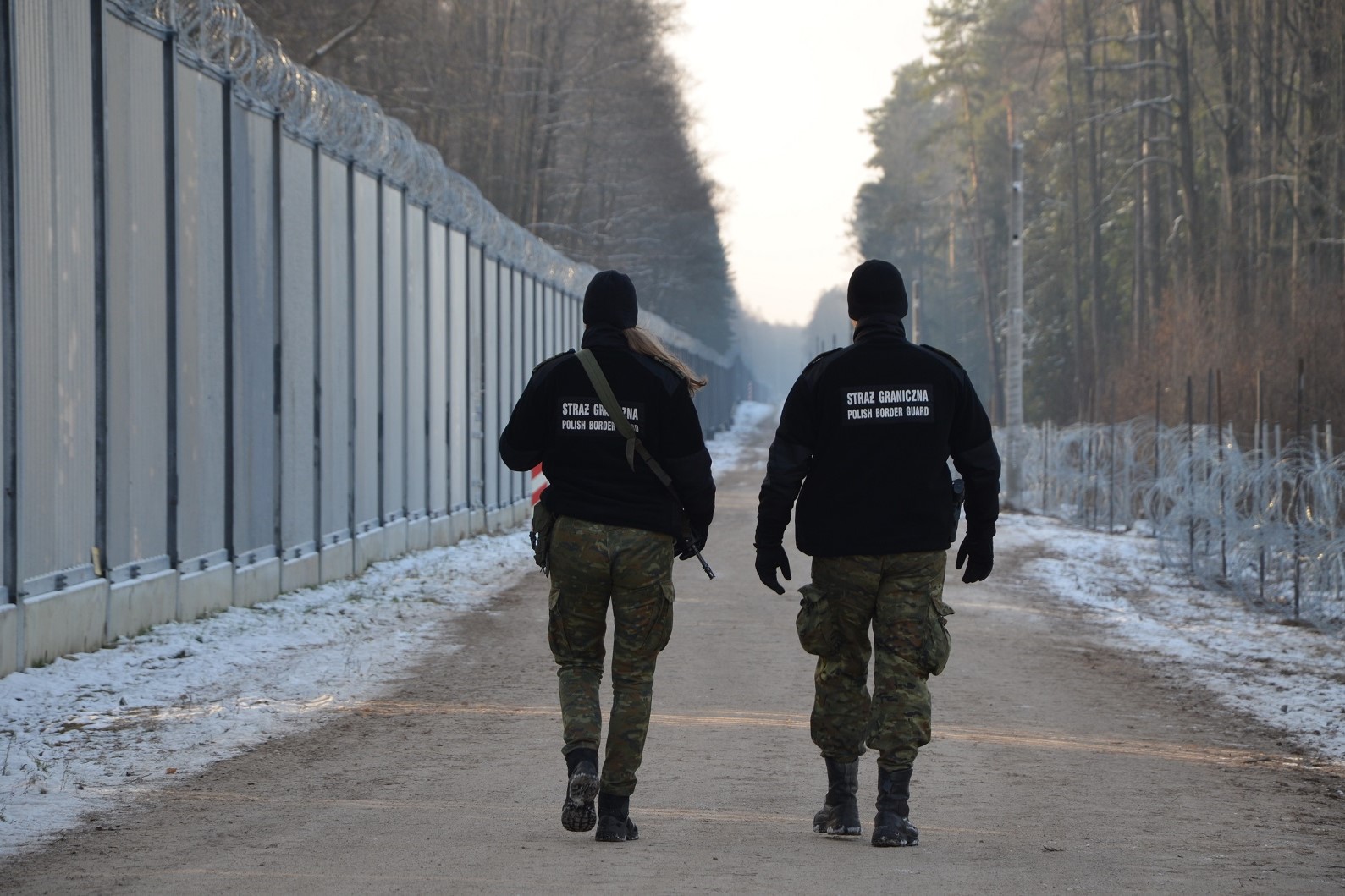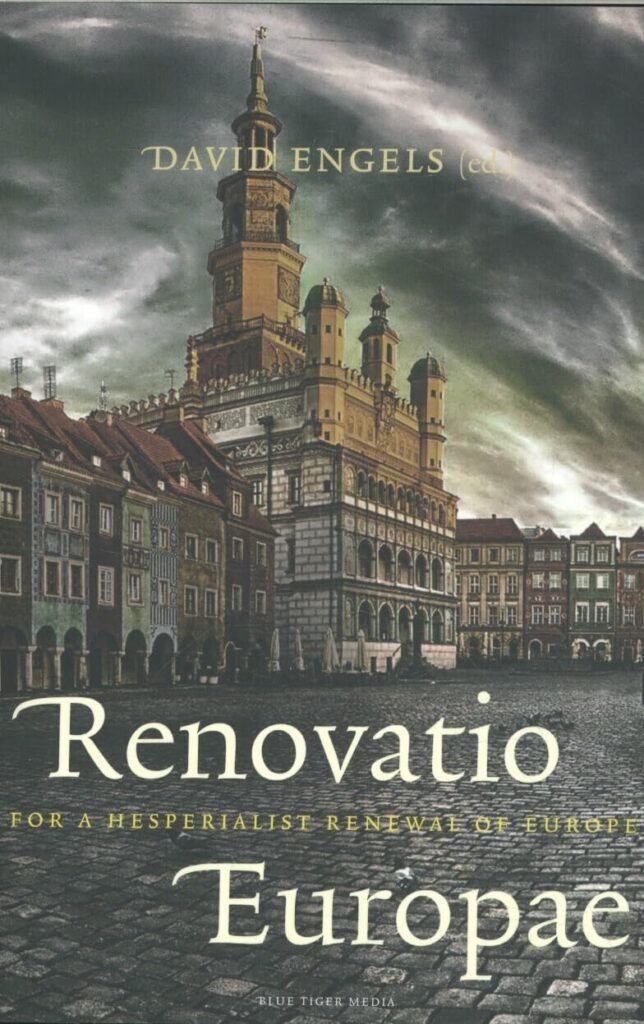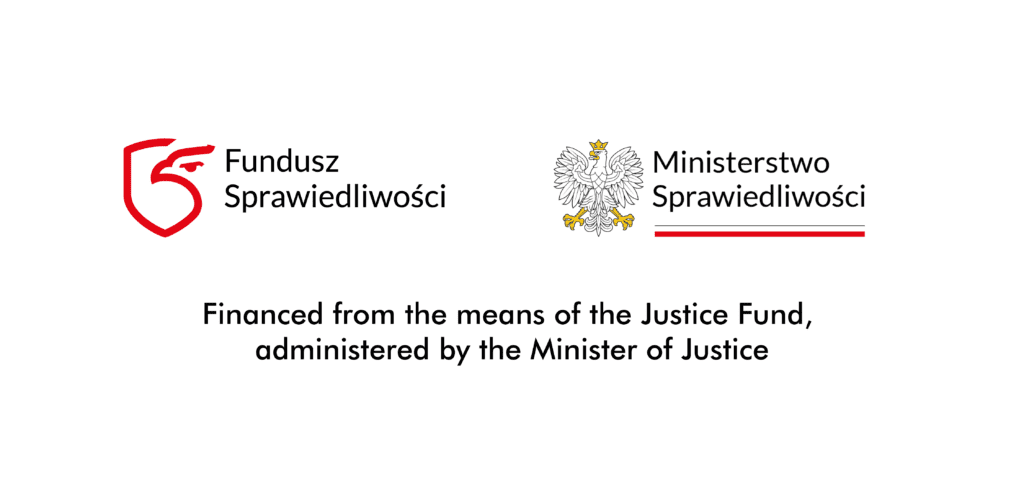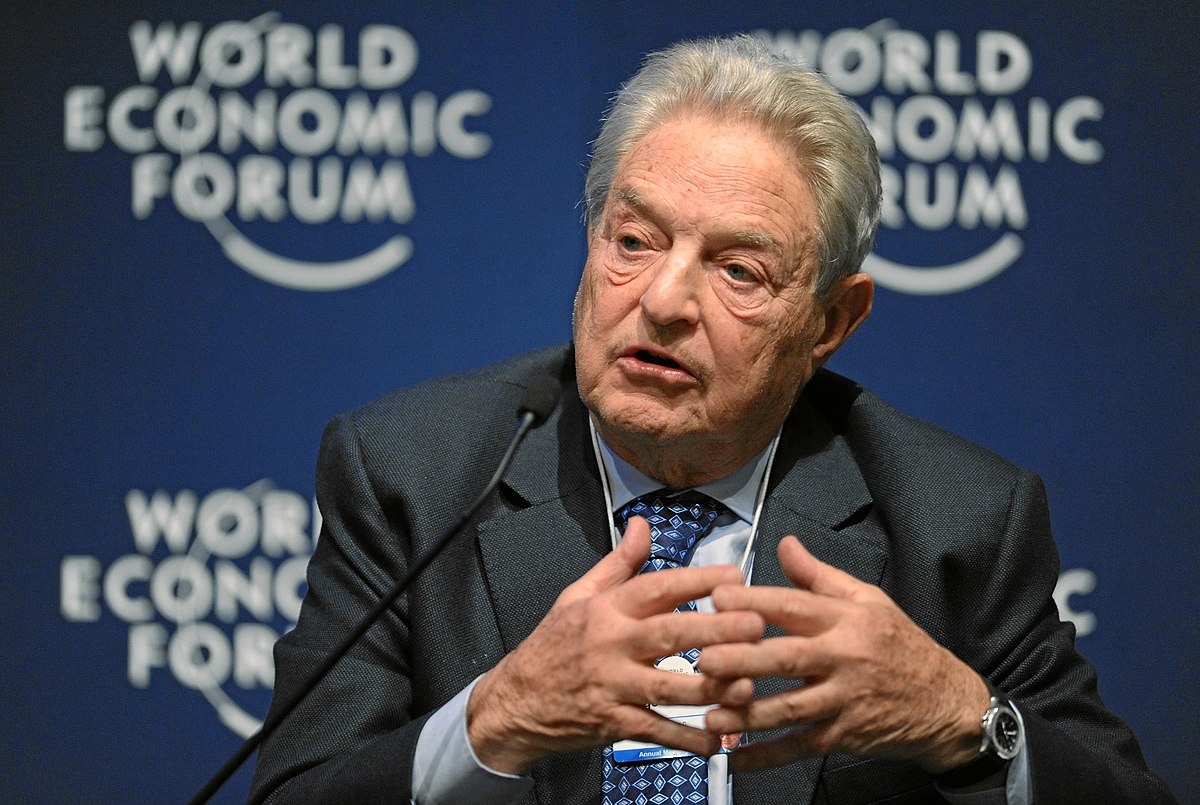The Polish fence against Belarus and the return of civilizational walls

As former President of the European Council Donald Tusk, who used to be in favor of the EU’s migrant relocation scheme, is set to become Poland’s prime minister again on Wednesday, and as the new speaker of the Sejm and Tusk’s ally, Szymon Hołownia, has said that “pushbacks must be brought to an end” at the border with Belarus, the Belgian historian David Engels explains why defending the border against illegal immigration is key to the defense of our civilization.
David Engels
(David Engels is a Belgian historian living in Poland since 2018. He was chair of Roman History at the University of Brussels (ULB) and is now senior analyst at the Instytut Zachodni in Poznań. As a thinker of the European conservative right, he is the author of several books and many articles, and is often invited to debate questions around the subject of identity.)

During the first half of 2022, the Polish government managed to erect a 186 km long and 4.5 m high fence made of 49,000 tonnes of steel along the particularly unprotected parts of the border with Belarus – not only a record logistical achievement in view of the unfavorable winter conditions, but also a considerable financial investment, as the construction cost 350 million euros. This wall has now not only become a bone of contention between supporters and opponents of the project both inside and outside Poland, but also reveals some fundamental cognitive dissonances within contemporary European thinking, which we will briefly examine below.
First of all, of course, there is the eternal debate about borders and migration: “No human is illegal”, “We have space” or “Walls kill” – we hear this not only from the German media and ministries, but also from certain Polish journalistic and political circles – and it is to be feared that the claim that “everyone is welcome” will also be taken to heart by the new Polish government. The question of the reasons and consequences of mass migration is, of course, inexhaustible and can hardly be dealt with here in any depth; however, we would at least like to point out that its legitimization is characterized by a certain illogicality, which also affects the debate about the wall to Belarus.
On the one hand, of course, there is the appeal to save “the humans” who are wandering around in the no man’s land between Poland and Belarus and suffering from hunger, cold, or disease; an argument regularly emphasized in the media by corresponding images of women and children. Of course, this is highly problematic. Statistics show, for example, that most of the illegal migrants are young men from Islamic countries who may bear arms, who do not always come from areas that are really under threat, and who enter Europe as a kind of vanguard in order to later bring their wives and children and other relatives with them using the legislation on family reunification.
Furthermore, the media coverage, especially in the West, is deliberately a snapshot: only “raw suffering” is shown and there is a push for immediate “rectification” of these abuses, no matter by what means, because human beings “are dying.” But how this suffering came about (namely through Belarusian policy), who is responsible for it (namely Russia and its asymmetric war against the West), or what the consequences of a generous reception of illegal migrants would be (namely a huge suction effect and thus even more suffering) – the media are silent about all this. The facts are that sometimes several evils have to be weighed against each other, that protecting one’s own people, one’s own country or one’s own civilization can often mean accepting the suffering of others, that money does not solve all problems, and that thoughtless compassion in the here and now can often cause considerably worse suffering in the future – all this does not fit into the simplistic and moralistic world view that many people in Western Europe have been taught through decades of media and education policy.
European countries still reluctant to apply the real solutions to the migrant crisis
On the other hand, there is the (alleged) demand of “the economy” to compensate for the demographic decline of the native European population not through targeted natalism, but through increased immigration of suitably “qualified” workers; a demand which, on the one hand, is still completely unproven (Japan and Korea are countering population decline with mechanization rather than mass immigration), and which, on the other hand, contrasts clearly with the reality of those who are actually invited to Europe and who not only flock to Poland’s eastern border but also travel via the Mediterranean and the Balkans.
This is because most of them are low-skilled migrants from civilizations whose view of the world and humanity is often fundamentally opposed to that of the European culture, and who make their way here neither because of political persecution nor at the special invitation of the West, but who are fleeing the poverty of their own home country for the full social benefits guaranteed by most Western European countries. Accordingly, the statistics show that most of the migrants who have flocked to Europe since 2015 are still unemployed and depend on state payments despite extensive training and integration assistance: Any hope that the old-age pensions of highly qualified German or French engineers or university professors will be paid in a few years’ time by those barely integrated migrants seems illusory, but is nevertheless part of the life lie of most Western media, governments and European institutions, which are pushing to keep Poland’s border with Belarus wide open.
This conflict has been somewhat mitigated by the Russian attack on Ukraine, which tragically confirmed the warnings that had been coming from Warsaw for years: Berlin and Brussels forced themselves to muster some superficial sympathy for Poland, which after all was protecting the EU’s eastern border against Putin and his machinations. Nevertheless, the European institutions still refused to provide Poland with any help in building the border fence alongside its eastern border, even imposing harsh financial sanctions for the government’s alleged “violations” of the rule of law. And after it became clear that Belarus would not actively intervene in the war against Ukraine and that the conflict would remain limited to the east of that country, it was not long before the Western media and above all left-liberal politicians once again denounced the “inhumane” treatment of migrants by Poland and its border guards. Agnieszka Holland’s movie Green Border, which in a barely disguised manner sought to compare Polish border protection policy to a misanthropic and fascist authoritarianism, was even awarded the highest European and American film prizes and discussed both intensively and positively in the media.
It was only when the Polish parliamentary and senate elections in October 2023 came closer to the consciousness of the Western elites, and it was feared that too much emphasis on the successful rejection of migrants imported to Belarus and sent from there to Poland might turn into unwanted election advertising, that the tone changed again: Now, first in Polish opposition circles, then also in Germany, there was stern criticism that the fence against Belarus was anything but impermeable, but had been breached at various points – in other words, that the government was “failing” in its protective mission.
Similarly, the granting of work visas by Polish consulates located in Africa was scrutinized, and the Morawiecki government’s partially overly generous, possibly even corrupt issuing practices were blown up into a scandal, which was supposed to prove that the Warsaw government was ultimately responsible for the entry of hundreds of thousands of people, first to Poland and then to Germany. After the German government even introduced highly publicized border controls on the Oder for this reason, for several weeks, one could read articles in German and Polish newspapers about both the allegedly “inhumane” expulsion of illegal migrants at the Belarusian border and the allegedly deliberate smuggling of African migrants via Poland to Germany – a blatant contradiction between criticism of migration and support for migration, which, however, nobody in the relevant media seemed to notice, and which, unfortunately, must be seen as indicative of a certain cynicism in the treatment of the migration issue.
It is now to be feared that the change of government in Poland will lead to a certain adjustment of this ideological dissonance in favor of left-liberal demands. Of course, it will not be in the interest of the new government to tear down the fence completely and cause an influx of refugees from Belarus, which would ultimately only play into the hands of the dictator there and thus of Putin, and would fundamentally contradict the Polish raison d’état. However, it must be expected that the future practice regarding asylum will be much more generous than that of the past, especially as the current exclusion of the largely left-liberal Polish and international media from the restricted area at the border will hardly be maintained under the new circumstances. Although a real flood of migrants from the east is not to be expected, a steadily increasing influx, albeit largely concealed by the media, is.
Yet it is becoming increasingly clear that European civilization, like so many others before it, has entered that late stage where the internal borders between the once sharply defined regions and nations are becoming increasingly blurred. A unified, not only economically but also politically, and closely interwoven civilized state is emerging on the horizon of history. This does not change the fact, however, that the external border needs stronger protection than ever. Whether it was the Sumerian wall against the Amorites, the Assyrian wall against the Cappadocians, the Great Wall of China, the Roman limes, or the Iranian walls against the nomads in the Caucasus and Central Asia – internal consolidation and cultural homogenization always went hand in hand with the fortification of external borders. This is because the small-scale internal borders which, due to the sheer complexity of the states behind them, had previously made it impossible for external enemies to take over and assimilate at least the core areas of a civilization quickly, are now disappearing, and the protection of the whole is thus inevitably shifting to the periphery.
Of course, this realization is also gradually dawning on the modern West, as evidenced not only by the construction of the wall between the USA and Mexico, but also by people’s ever-increasing demand for efficient protection of the EU’s external borders against Muslim-African mass migration, Russian aggression and, increasingly, Chinese dumping of imports. But the opposing forces are still strong, as the fight over the Polish border fence against Belarus shows. These are forces whose one half demands an anachronistic renaissance of the classic nation-state and ignores the fact that, given the current world situation, Europe can only have a chance as a united entity, while the other half is characterized by half-cynical, half-naïve pacifism, globalism, multiculturalism, and humanism that also overlooks an obvious fact: Huntington’s “clash of civilizations” is precisely not a dystopia, but a long-established historical phenomenom. The one-sided technological, economic and military disarmament of the West, in conjunction with the admission of millions of migrants, therefore represents the first step not toward a post-historical world state, but rather toward the complete ruin of our civilization.




